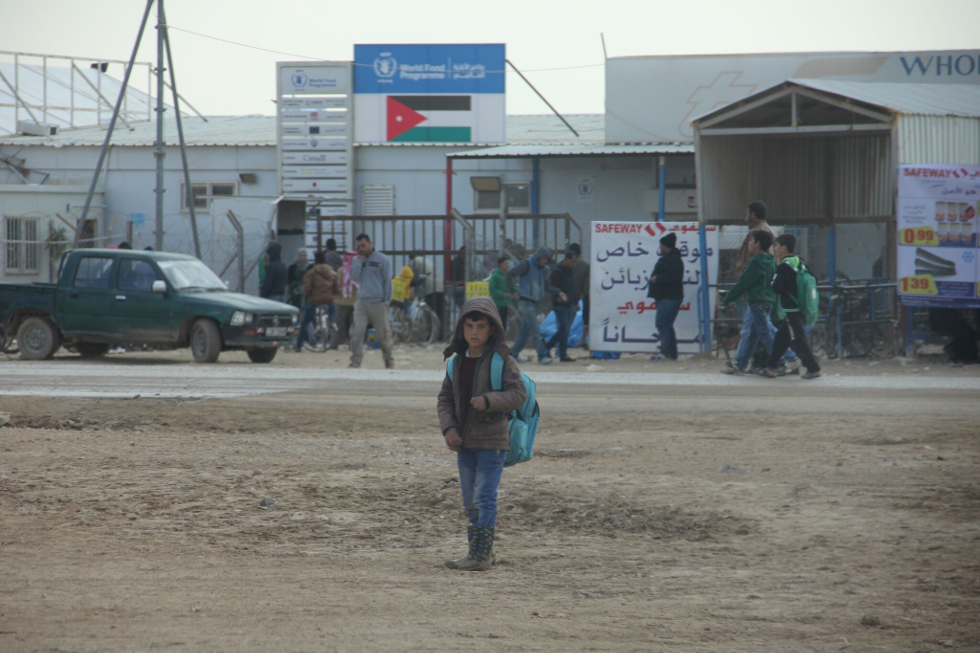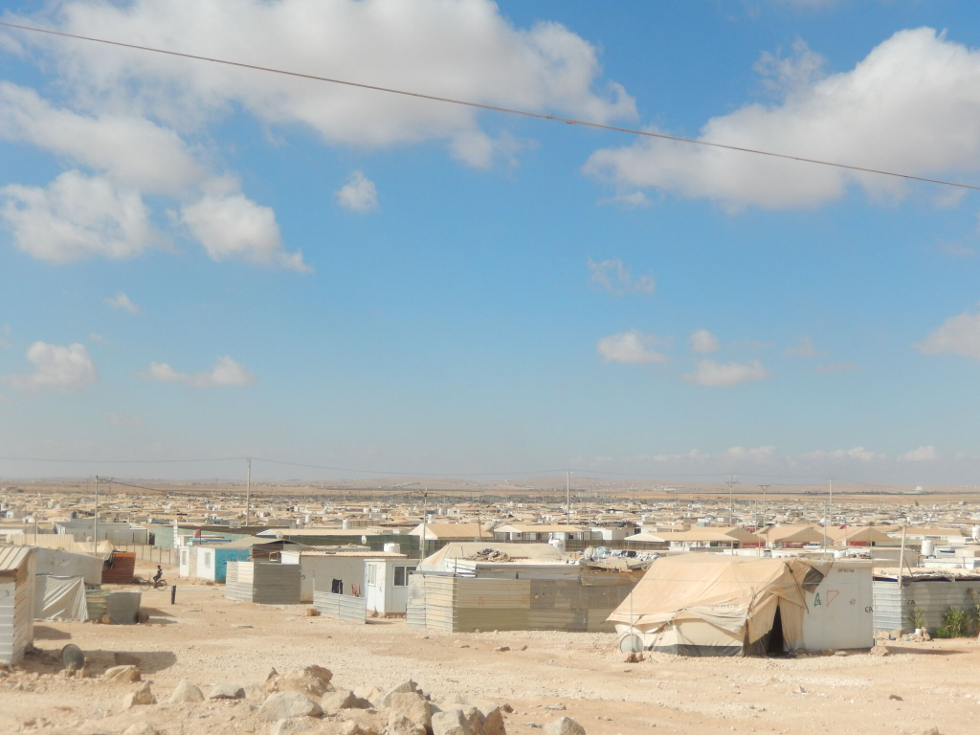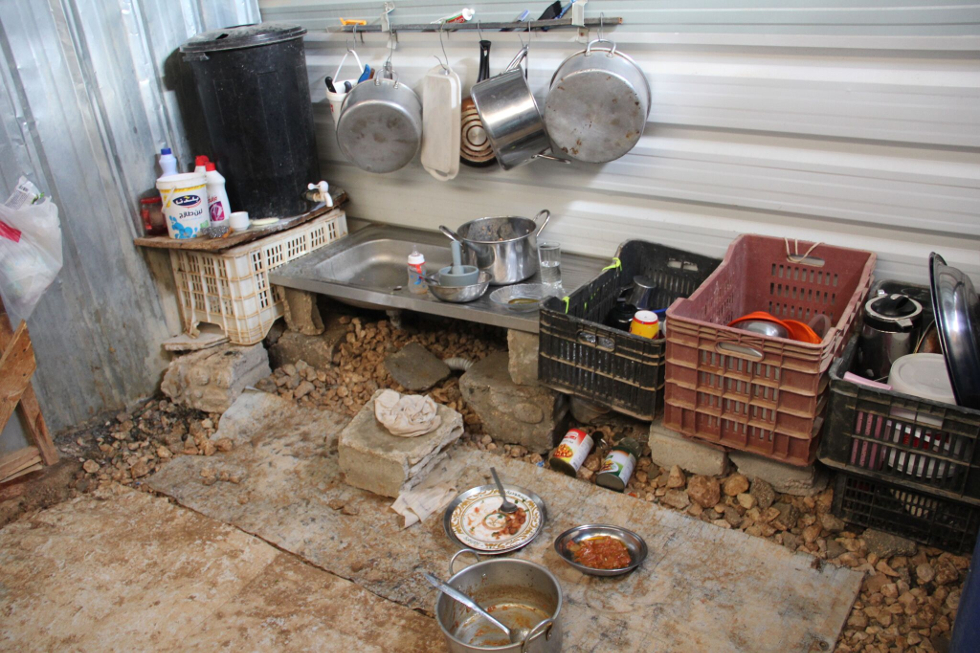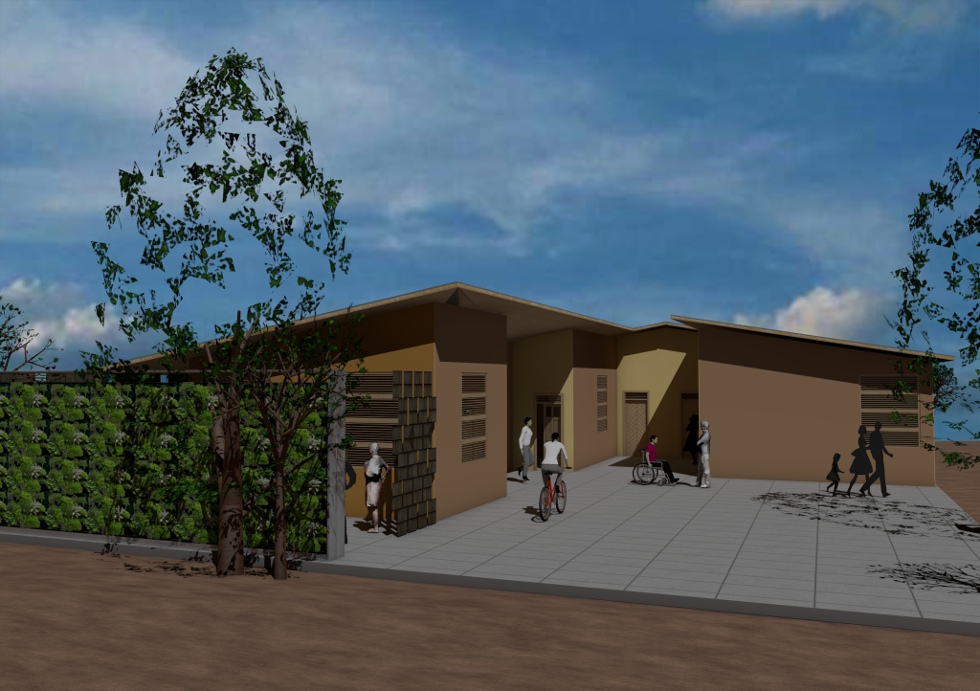
The world is witnessing the worst refugee crisis ever recorded with levels of human displacement at their highest.
Conflicts such as the Syrian civil war are leading to the creation of a new generation of refugee camps that are meant to provide temporary accommodation.
Many people remain in these camps for years, living in extreme climates ranging from 45 degrees Celsius to -10 degrees Celsius.
Now an international collaboration, led by researchers at Bath University, is hoping to improve living conditions for those residing in the camps, by designing better housing.
Conditions inside the shelters can be life-threatening, according to the university’s Dr Dima Albadra, who is herself from Syria. “It can be unbearable, especially for children, so we are aiming to design something that would reduce these extremes of temperature to a healthy level,” she said.
The three-year EPSRC-funded project, which also involves the Princess Sumaya University for Technology and the German Jordanian University, both in Jordan, and Mersin University in Turkey, will aim to design low cost and easy to construct shelters that are capable of moderating temperatures and ensuring the privacy of residents.

The researchers will conduct the largest ever global study into the thermal, air quality and social conditions in camps housing displaced people. They will investigate the views of camp occupants and aid agencies such as UNHCR (United Nations High Commissioner for Refugees) on the housing, said lead investigator David Coley, professor of low carbon design at Bath University.
“We are going into the refugee camps, to talk to the population and find out what they are doing to keep cool,” he said.
The researchers will investigate different materials for constructing and insulating the buildings. Materials such as clay bricks that have a high thermal mass, or the ability to absorb and store heat energy that can then be released at night when the temperature drops, will be among those considered, he said.

The researchers will use computer models to create different housing designs. By taking accurate temperature measurements from inside existing shelters, they will generate a validated model that can then be used to test different materials and building shapes, said Coley.
In this way the researchers plan to create 20 possible shelter designs. They will then build scale models of some of the designs, which will be tested in a thermal chamber to investigate how they hold up against cycles of different conditions such as heat, cold and humidity.
They will also be thermally tested at full scale in a climate chamber at the university’s Building Research Park in Swindon.
“That allows us to make sure that over the course of a year they can withstand wind and weather,” said Coley.

The most promising of the designs will be transported to camps in Jordan to test in local conditions, and to obtain the feedback of camp occupants and aid agencies.
As well as the Zaatari and Azraq refugee camps in Jordan, research will be conducted in camps in three other countries, chosen to offer as wide a range of climatic, cultural, social and political conditions as possible. These are likely to be the Mae La camp in Thailand, the Kilis camp in Turkey, and the Nyarugusu camp in Tanzania.
The researchers hope the project will result in a manual for aid agencies that explains the benefits of each shelter design, and provides guidance on construction and matching different designs with the local environment and culture.





Red Bull makes hydrogen fuel cell play with AVL
Formula 1 is an anachronistic anomaly where its only cutting edge is in engine development. The rules prohibit any real innovation and there would be...